In early 2020, I, along with a few others, served as a Shaver’s Creek Environmental Education Intern.
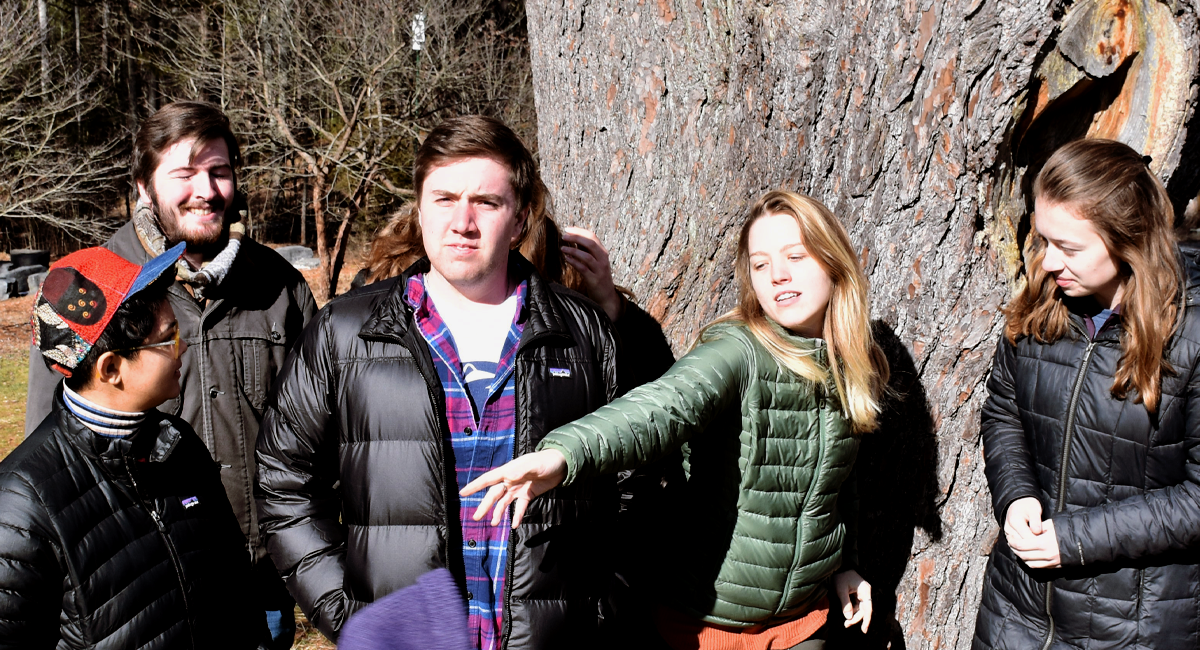
During the early parts of the spring 2020 internship season, we were busy doing the typical work of a spring intern — learning to identify Sugar Maple trees, tapping Sugar Maple trees, collecting the buckets of sap that dripped from those same Sugar Maple trees. Not to mention that we were boiling that sweet, sweet tree water and preparing for even more vital components of the Maple Harvest Festival (that we unfortunately had to cancel). And we were also busy with all the other opportunities that make the internship so special — preparing for Outdoor School, teaching School Programs and Kids Corner, helping out with Animal Care, and going on our many other adventures!
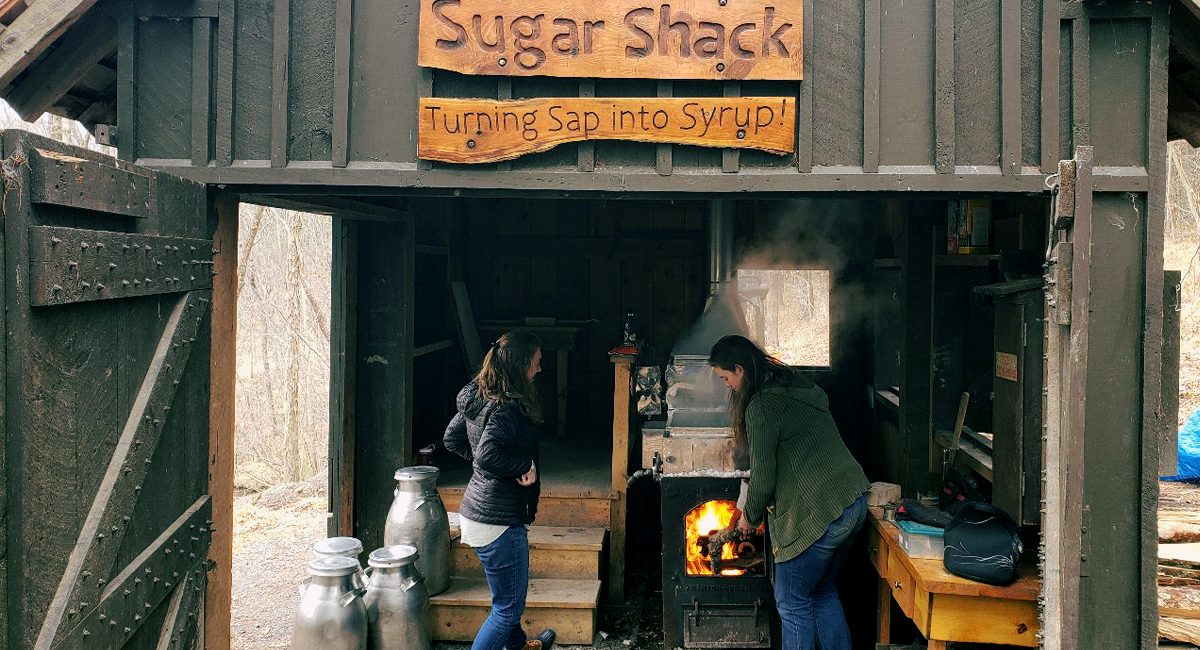
Then mid-March 2020 came around, bringing with it all the life-changing elements of a global pandemic, and the vast majority of our intern duties changed drastically. We found ourselves unable to spend as much time together as we would have liked. Instead, as we ached for reasons to be outside. We turned to birding and went on short, socially distant, and masked birding expeditions led by our mentor and boss, Doug Wentzel.
During those hikes from mid-March through April, the power of our bird-identifying skills multiplied until we were literally identifying morning bird calls in our sleep. Or at least I was (Red-bellied Woodpeckers are really loud when they’re outside your bedroom).
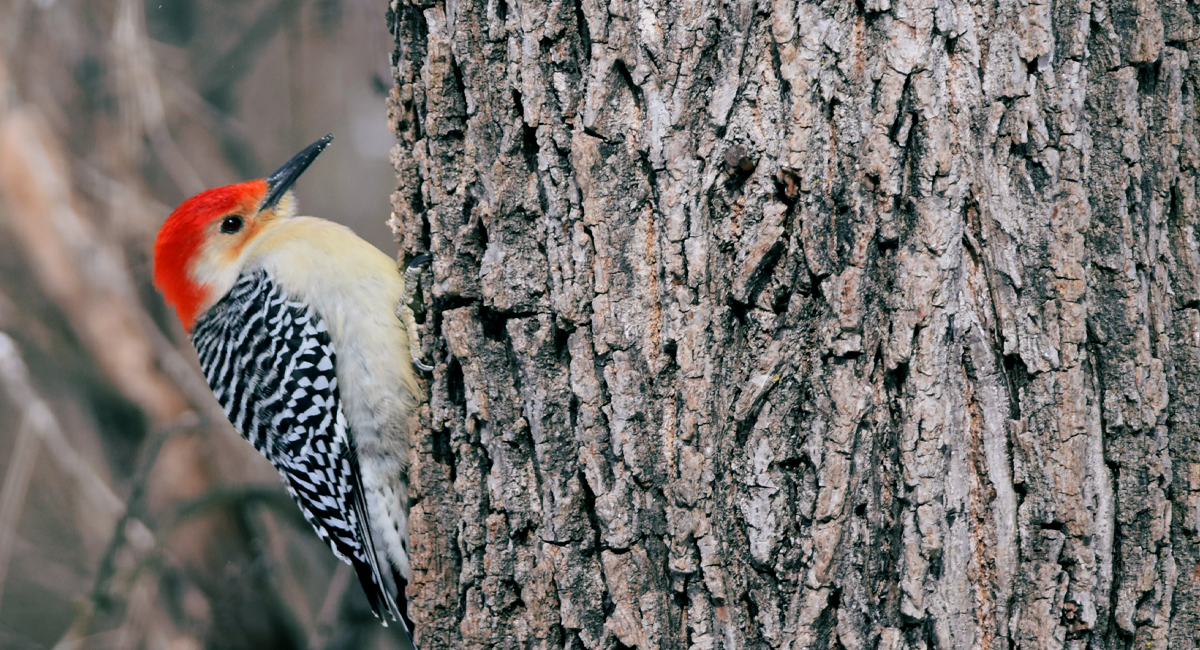
Then, toward the end of April, the Birding Cup came. Deciding to come together as a team, we called ourselves the ‘Terns, reflecting the reality of our relationship to the Creek while simultaneously creating a seamless pun about a shorebird we would sadly not actually see with any of our combined 10 eyes.
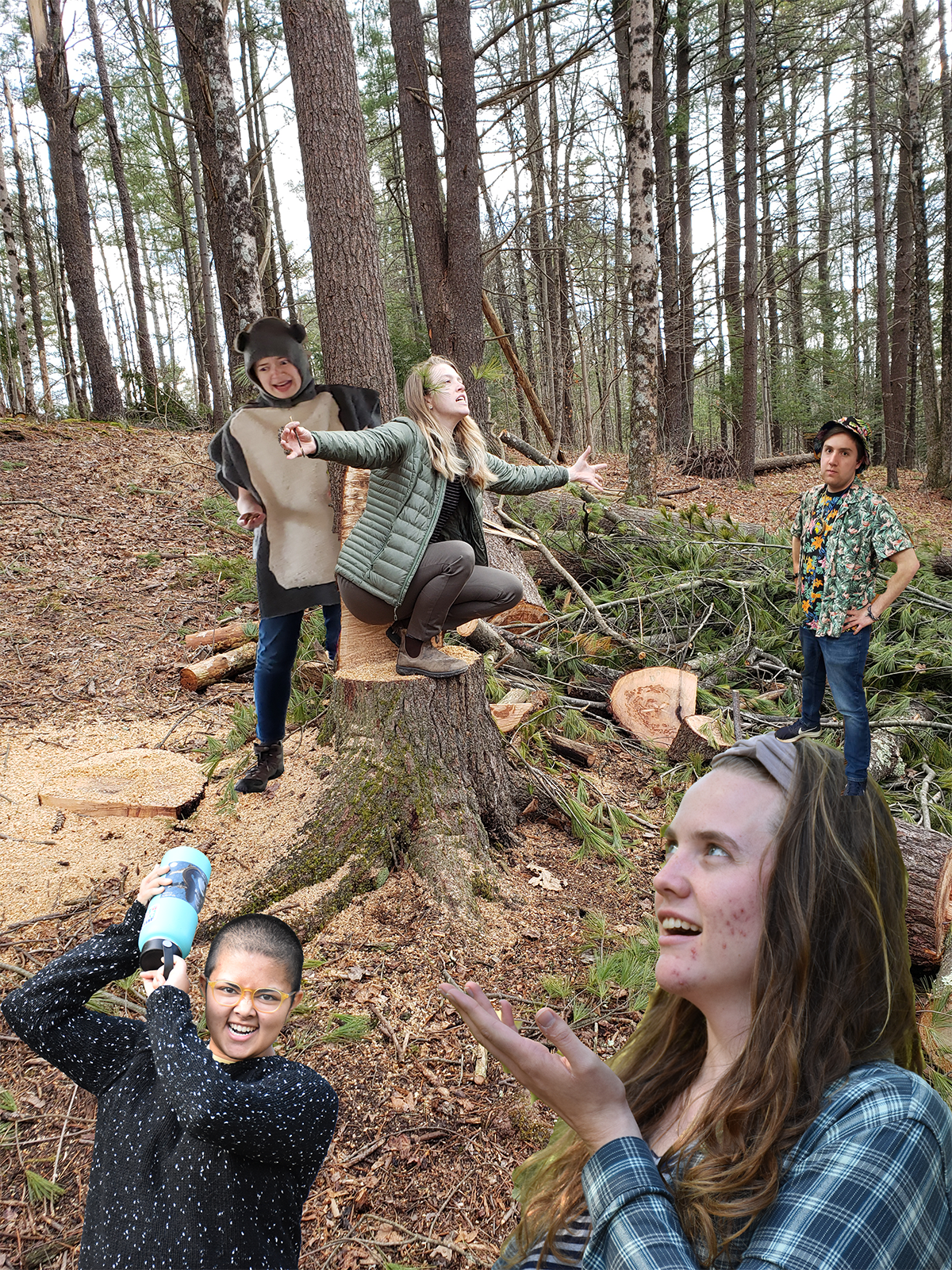
During that Birding Cup, we all birded separately around Central PA to abide by the then–newly introduced social distancing recommendations. For lunch, we all met up in a local school parking lot and ate in our cars, talking about our day. We vowed on that day that we would return again for the 2021 Birding Cup.
Well, we did, and we chose the only name that made sense: the Re-Terns. This time was different, however. We were not all birding in the Centre region. Since last year’s Birding Cup, we had taken physical distancing to the next level and found things to do all around the country.
While we were unable to all meet back at the Center to bird together, we thought we’d take advantage of our new favorite Birding Cup addition: the “open” Global Community aspect. While we wouldn’t be competing in any of the award categories, we’d still be able to bring back our powerhouse team. And this year, we’d be stronger than ever.
The Re-Terns had representation in the Centre region, as well as in Washington State, in North Carolina, and somewhere along the Appalachian Trail. While we didn’t have the opportunity to eat lunch in a parking-lot wagon circle, we did see several new species of birds that we wouldn’t have been able to see otherwise, including our highlight — an Anna’s Hummingbird in Washington!
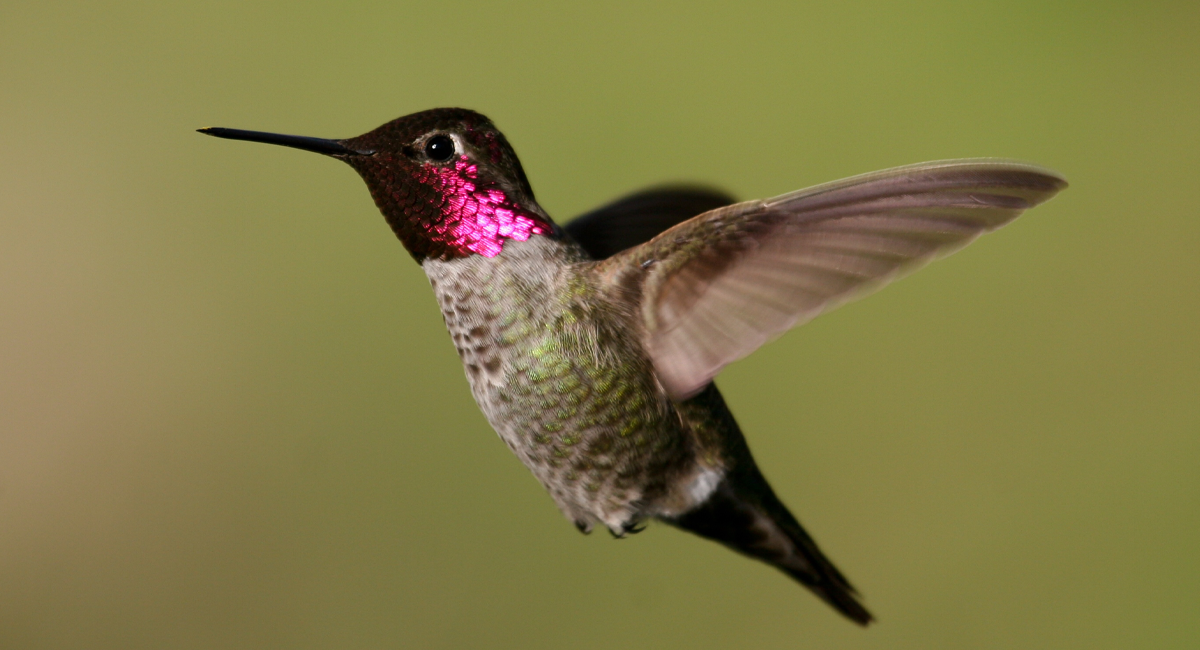
Our intern class was so glad to get the opportunity to bird together again thanks to the Birding Cup’s global approach! While we’ve all been busy with our own lives and haven’t been able to spend time together often since separating, the Birding Cup allowed us to be a team again, and we used that opportunity to beat our score from last year by 10 species!
Quotes from the Re-Terns
You could take it from me that we all had a good time, or you could hear direct quotes from my teammates:
Birding from various physical locations was a true testament to Shaver’s Creek’s goal of connecting people to people and people to nature. Having our team encouraged us all to take time and connect with nature through birding.
Even though I’m on the west coast, Birding Cup connected me back to my friends and memories at Shaver’s Creek. Since I have moved, I haven’t done much active birding and have felt somewhat disconnected from my feathered friends. On the day of Birding Cup, I was out in a nearby bird blind before the sunrise. It was a chilly, drizzling morning, but I felt warmed by being in community with the birds around me and all the other Birding Cup participants who were birding at the same time.
I saw a bat.
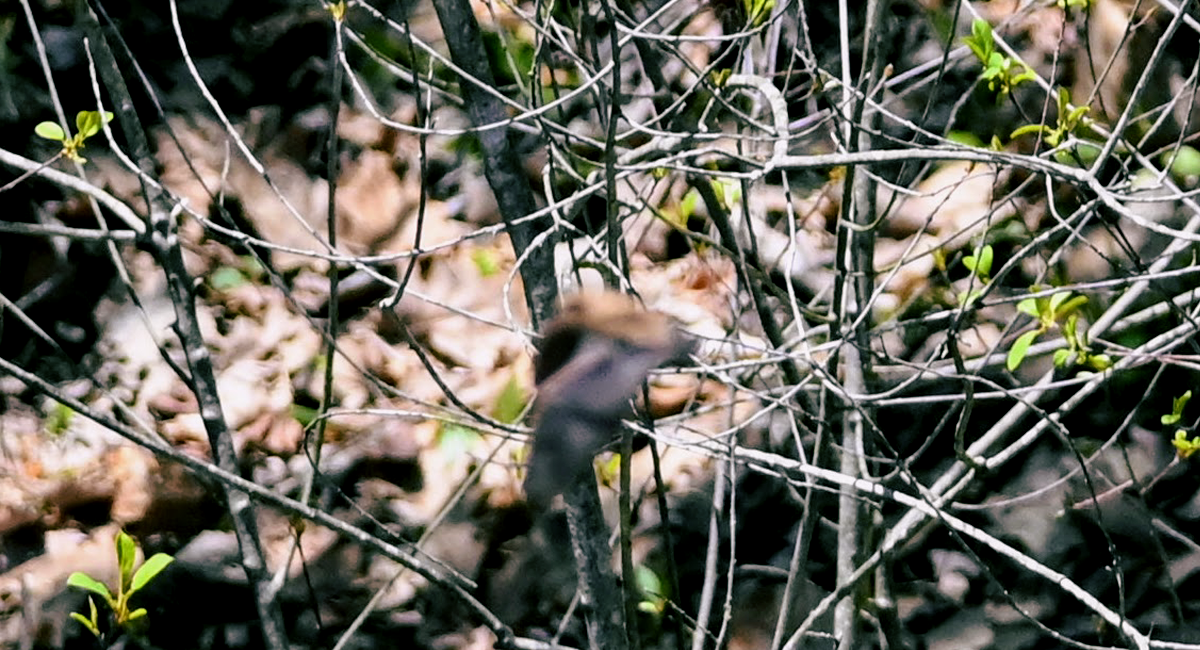
Basically, all this is to say that if you have friends that know anything about birds on the other side of the world, you should get them on your Birding Cup team in 2022. You may not be qualified for the Birding Cup competition, but you could easily break the record for most bird species totaled by one group if you planned it right.
Now get out there and make some Australian birding friends!
